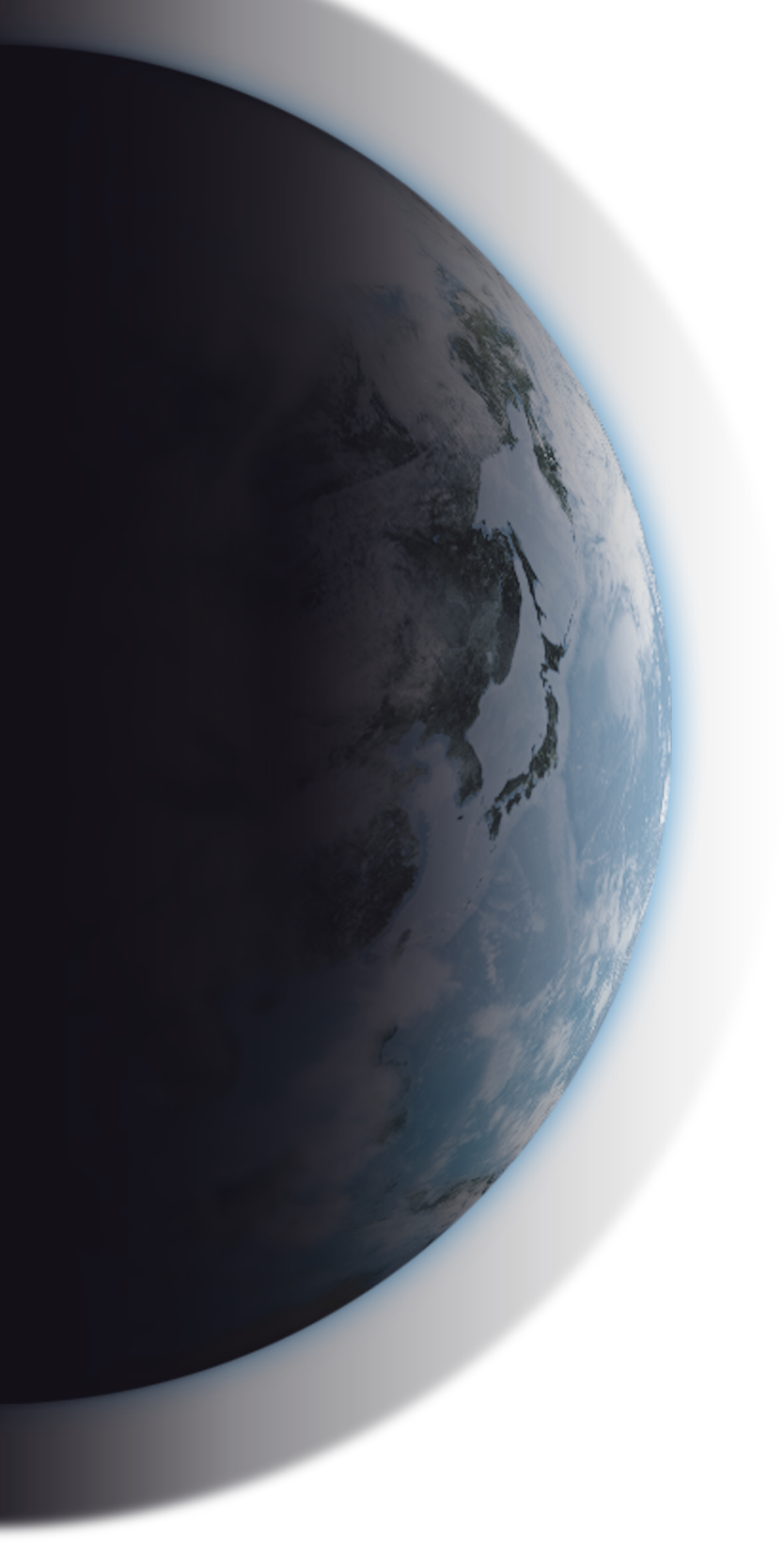Research Area
From the groung to the atmosphere, the geospace, interplanetary space and beyond, ISAS's research fields cover the entire universe.

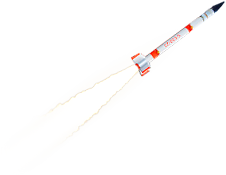

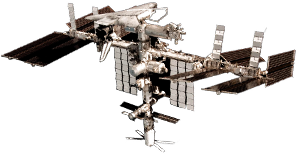
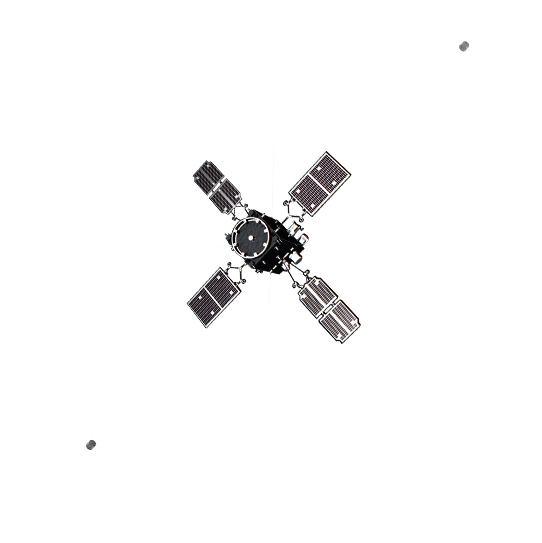
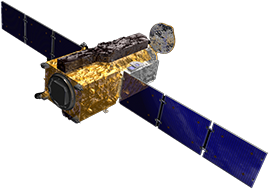
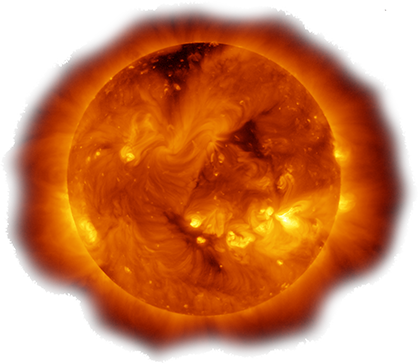 Sun
Sun
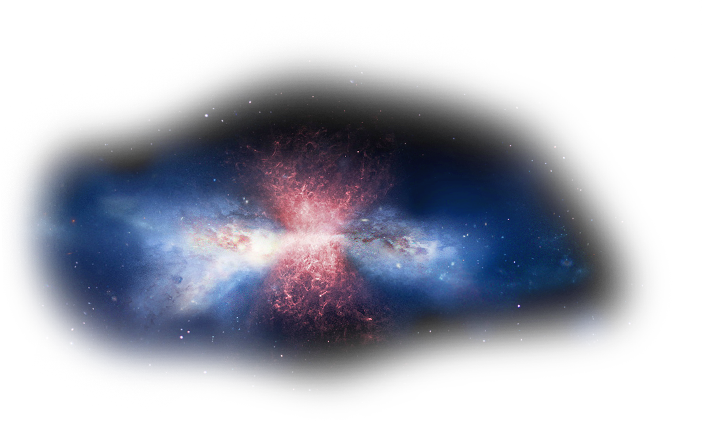
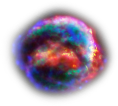
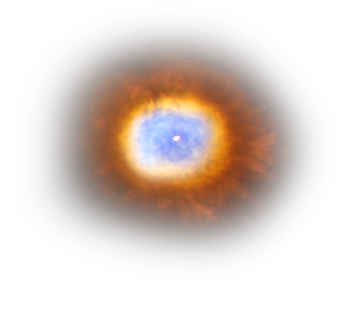
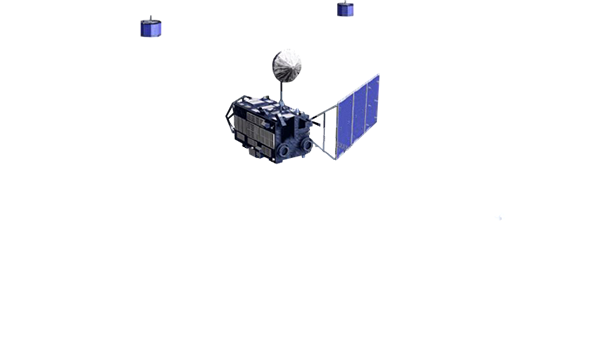
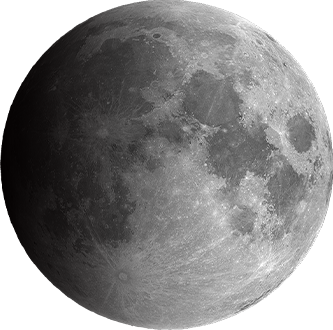 Moon
Moon
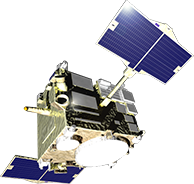
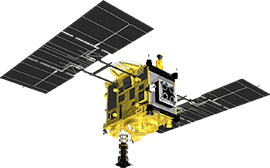
Credit
ISS: ESA/NASA; HINODE: NAOJ/JAXA; Sun: NAOJ/JAXA; IRAS F11119+3257: ESA/ATG medialab; BD+30-3639: NASA/STScI/Univ. MD/J.P.Harrington; Kepler's Supernova Remnant: NASA, ESA, R. Sankrit and W. Blair (Johns Hopkins University); Moon: NAOJ; Mercury: NASA/Johns Hopkins University Applied Physics Laboratory/Carnegie Institution of Washington; Mars: NASA/JPL-Caltech/USGS; Jupiter: NASA/JPL/Space Science Institute; Ryugu: JAXA, University of Tokyo & collaborators
 Mercury
Mercury
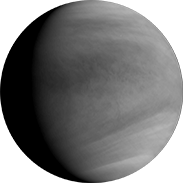 Venus
Venus
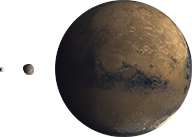 Mars
Mars
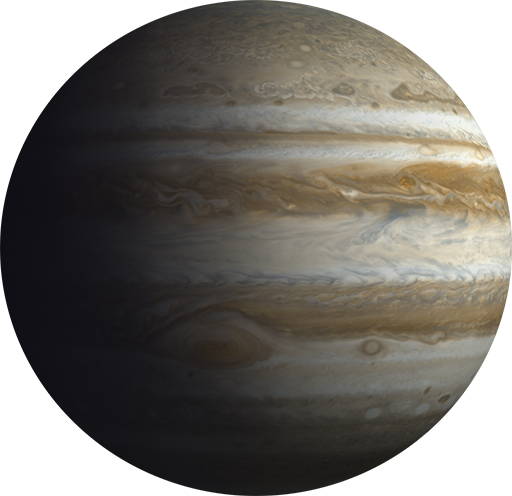 Jupiter
Jupiter
 Itokawa
Itokawa
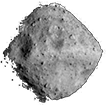 Ryugu
Ryugu
